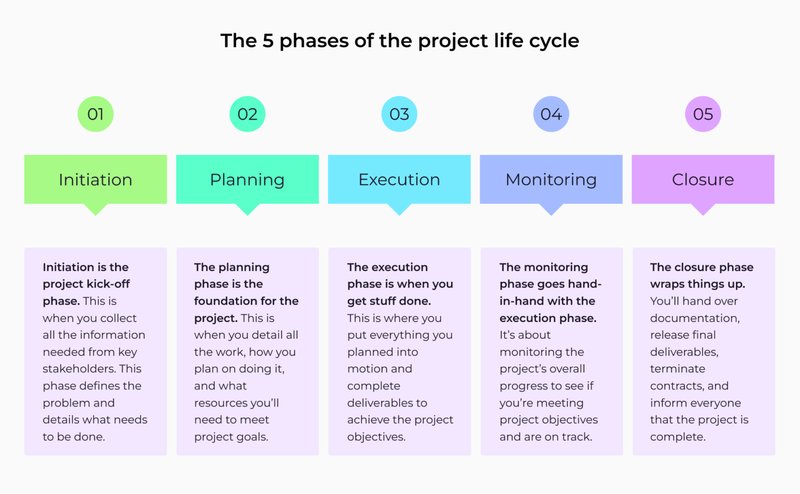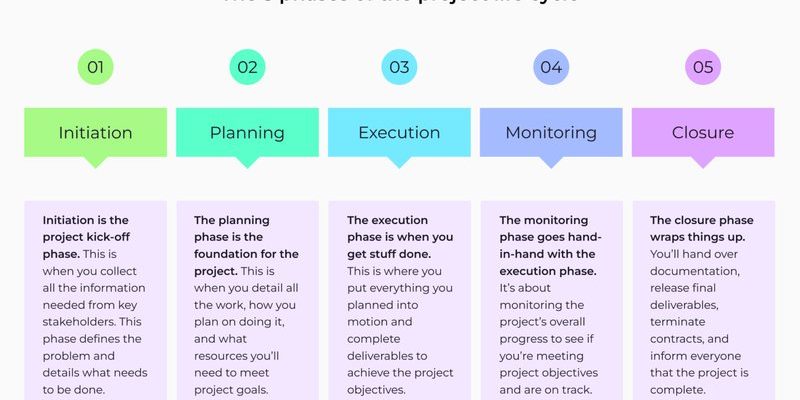
Imagine getting a little minion that goes from being a tiny dot to a buzzing creature that annoys you at the picnic. Honestly, it’s kind of like watching a superhero origin story, but on a much smaller scale and without all the capes. In this article, we’ll dive into the lifecycle of a fly, breaking it down into easy-to-understand pieces, so the next time one buzzes by, you’ll know exactly what it went through to get there.
Stage 1: The Egg
Every fly’s adventure begins as an egg. These eggs are incredibly small, often laid in clusters. A female fly can lay hundreds of eggs at once, usually in places where food is abundant, like rotting fruits, trash, or decaying organic matter. Talk about an ideal nursery!
You might wonder why flies choose such unpleasant habitats for their eggs. The answer is simple: food. Once the eggs hatch, the larvae (or maggots) have a ready supply of nutrients to grow. Now, those eggs don’t stay tiny for long. They typically hatch within 24 hours, depending on conditions like temperature and humidity.
Once they’re hatched, the journey for these tiny larvae is just beginning. They look like small white worms, wriggling around and feasting on whatever gross delicacies they find. This stage is critical because the more they eat, the faster they grow—making this phase all about indulging!
Stage 2: The Larva (Maggot) Stage
After the eggs hatch, we enter the larval stage, commonly known as the maggot stage. These little guys are all about eating. They tunnel through their chosen food sources, breaking down matter as they munch away. They experience several stages of growth called instars, which involve shedding their skin to accommodate their growing bodies.
During a typical larval stage, which lasts about 5 to 14 days, the maggots can grow significantly. They may go through three or even four instars, depending on species and environmental factors. You might notice this growth if you observe them over a few days—like a time-lapse of hungry little creatures!
Here’s the thing: while they might seem gross to us, maggots play an essential role in the ecosystem by helping decompose organic matter. They’re like little recycling machines, turning waste into nutrients that nourish the soil. So, while they might be seen as pests, they’re doing their part in nature.
Stage 3: The Pupa (Cocoon) Stage
Once they’ve munched their fill, it’s time for maggots to enter the pupa stage. This phase is fascinating because the maggots will find a safe spot—usually in a dry place—and transform into pupae. This stage can last anywhere from several days to weeks, depending on the type of fly and the environmental conditions.
Inside the pupal case, something magical happens. The maggots begin to break down their own tissues and re-form into the adult fly we’re familiar with. This transformation is scientifically called metamorphosis, a true testament to nature’s creativity. Picture it like a Caterpillar becoming a butterfly, but instead, it’s a maggot turning into a fly.
During this time, the outside of the pupa hardens, offering protection as the fly develops. While we can’t see it happening, dramatic changes are taking place. It’s like a superhero in a secret hideout, getting ready to reveal their true self.
Stage 4: The Adult Fly
Finally, we reach the last stage of the lifecycle—the adult fly. After several days to weeks in the pupal stage, the adult emerges, often looking a bit crumpled at first. Once it stretches its wings and dries out, it’s ready to take flight. Adult flies typically live for a few weeks to a couple of months, depending on species and conditions.
Adult flies are not just about buzzing around. They play significant roles in pollination, waste decomposition, and even as food for other animals. They’re busy creatures that spend their time searching for food and potential mates. In fact, female flies can lay hundreds of eggs within a few days after mating. It’s a cycle that continues on, creating a constant presence of flies wherever food sources are abundant.
You might also notice how flies have unique behaviors. They often rest on surfaces, clean their wings, and even communicate through specific movements. It’s like they’re part of a buzzing community, working to keep the cycle of life going.
Why Understanding Fly Lifecycles Matters
So, why should we care about the lifecycle of a fly? Understanding this lifecycle can help us manage pest control better, especially since flies can carry diseases. By knowing where they lay eggs and how quickly they mature, we can take steps to interrupt the process.
It’s also worth noting that not all flies are pests. Many play vital roles in ecosystems, acting as pollinators and decomposers. Recognizing the positive aspects of flies can lead to a better appreciation of biodiversity.
Here’s the thing: flies might be annoying when they buzz around our food, but they’re an integral part of our environment. From composting to pollination, they help keep ecosystems balanced.
Tips for Managing Fly Populations
If flies are becoming a nuisance, there are several strategies you can use to manage their populations. Here are some tips:
- Cleanliness: Keep food covered and clean up spills quickly to reduce attractants.
- Seal Entrances: Ensure doors and windows have screens to keep flies from entering your home.
- Natural Repellents: Consider using natural fly repellents, like essential oils, which can deter flies from hanging around.
- Trap Them: Using traps can help catch adult flies, reducing their numbers.
- Remove Breeding Grounds: Make sure to dispose of decaying food and waste where flies may lay their eggs.
By applying these tips, you can help keep the fly population at bay without resorting to harsh chemicals.
The lifecycle of a fly is a remarkable journey that starts from a tiny egg to an adult buzzing around. Understanding each stage—from egg to larva to pupa to adult—offers a glimpse into how these creatures contribute to our environment. They might not be the most glamorous insects, but flies are fascinating in their own right.
So next time you see a fly zooming past, remember the complex life it’s living. Embracing the beauty of nature, even in the smallest forms, can make a difference in how we view the world around us. Whether you see them as pests or important contributors to our ecosystem, flies truly have a story worth knowing.

